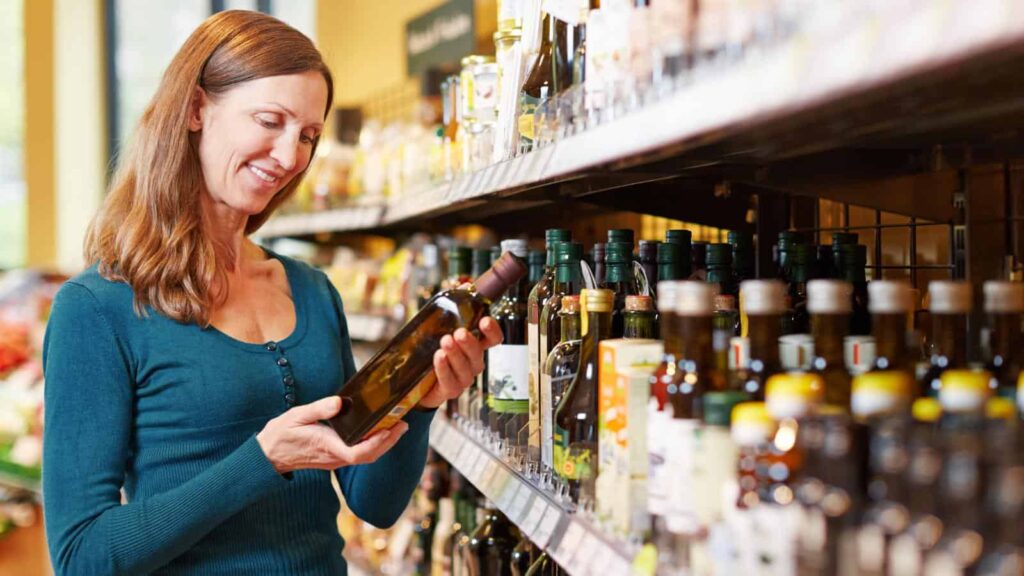Have you ever walked into a supermarket intending to buy just a few items but left with a trolley full of groceries? That’s no accident. Supermarkets have mastered the art of using subtle psychological tricks to influence your food choices and increase sales.
Here’s how supermarkets guide your shopping behaviour.
Store Layout and Product Placement
The layout of a supermarket is one of the most powerful tools used to manipulate how you shop. Ever wonder why staples like milk and bread are always at the back of the store?
This design forces you to walk through aisles filled with tempting products you didn’t originally intend to buy. As you pass through these sections, you’re more likely to add impulse items to your basket.
Supermarkets also place high-profit items at eye level, making them more likely to be picked up. Meanwhile, cheaper, generic products are often placed on lower shelves, where they’re less likely to be noticed.
The products on end caps (those mini displays at the end of aisles) are often specially curated to boost sales of specific brands or seasonal items.
The Power of Colours and Packaging
Colours play a huge role in shaping our food choices. Bright colours like red and yellow are known to stimulate appetite, which is why they’re often used in packaging and store signage. Meanwhile, cool colours like blue and green evoke a sense of calm and health, making them popular for products marketed as healthy or natural.
Packaging design also affects how we perceive the quality of a product, with minimalist or premium-looking packaging often leading us to believe the product is of higher quality.
Music and Lighting
The atmosphere in a supermarket can also subtly affect your shopping experience. Slow, soothing music encourages customers to move more slowly through the store, giving them more time to browse and, ultimately, buy more.
Bright lighting is often used to make fresh produce look more appealing, while softer lighting in the alcohol section can create a more relaxed, indulgent feeling.
Smells and Free Samples
Ever notice how the bakery section often greets you with the irresistible smell of freshly baked bread?
Supermarkets intentionally use aromas to trigger cravings and guide your purchases. Smells can evoke memories and emotions, which makes us more likely to buy certain foods.
Similarly, free samples serve a dual purpose: they give you a taste of the product and engage your senses, making you more likely to purchase it.
Next time you head to the supermarket, be mindful of the subtle tricks being used to influence your choices.
From the layout of the store to the sounds and smells that fill the air, supermarkets have mastered the art of guiding you towards purchases you didn’t plan to make.
By being aware of these tactics, you can make more mindful shopping decisions.







